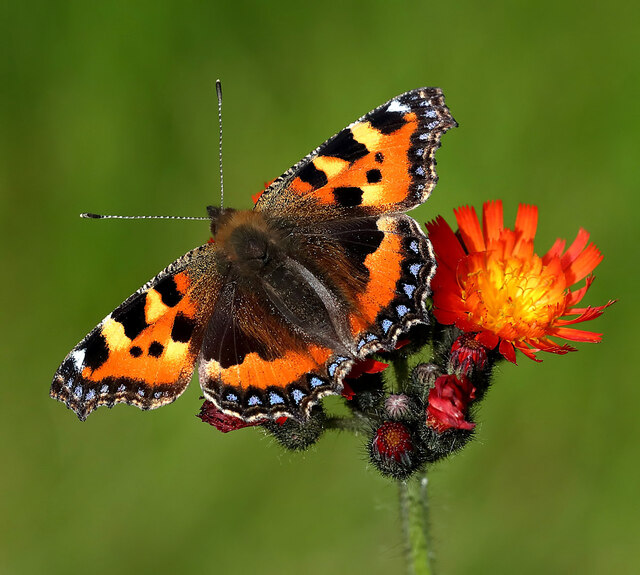March 3rd is World Wildlife Day and to mark the occasion we've put together some information about the butterfly and moth species you might see if you venture out this weekend.
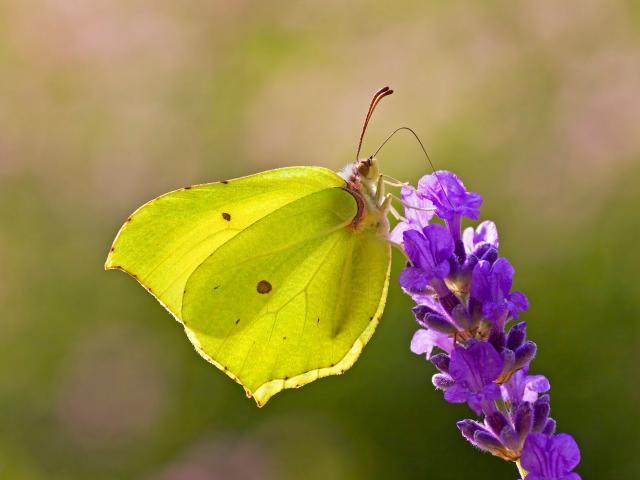
For many, the first sight of a bright yellow Brimstone as it flies along a hedgerow signifies the end of winter and a very welcome start to spring.
As this species has recently spread to the North of England, any people can spot this brilliantly coloured butterfly. If you're keeping an eye out for them, they frequent scrubby grassland and woodland as well as verges and hedgerows.
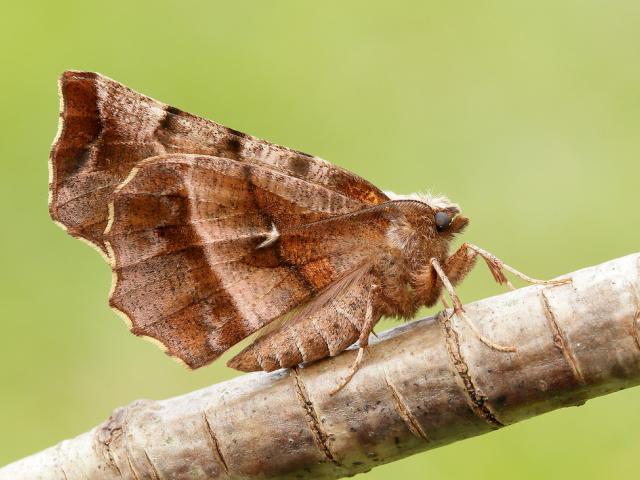
The Early Thorn is a common species that can be seen across Britain and Northern Ireland. Now in the first of their two generations of the year, they fly at dusk onwards. The adult moths can often be seen at lighted windows and moth traps.
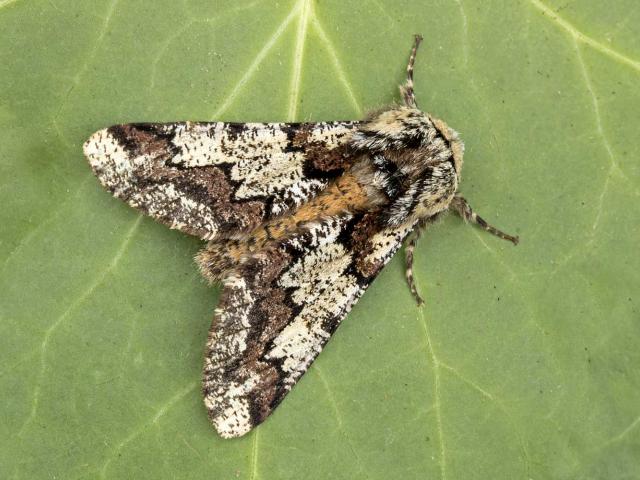
This stunning moth is clearly identifiable with the thick brown bands across the forewing. Although their colours can vary with darker forms of the band, and the ground colour varyinf from white to greenish-grey.
The male has a beautifully feathery antennae, and adults can sometimes be found freshly emerging from their chrysalises at the base of tree trunks.
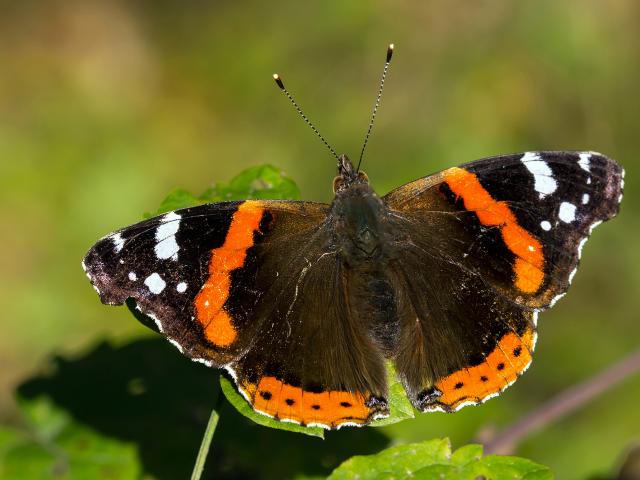
This large and strong-flying butterfly is often spotted in gardens and can be found anywhere in Britain and Ireland, across all types of habitat.
Red Admiral butterflies migrate to the UK from North Africa and continental Europe, with the females laying eggs that emerge as a new generation of butterflies from July onwards.
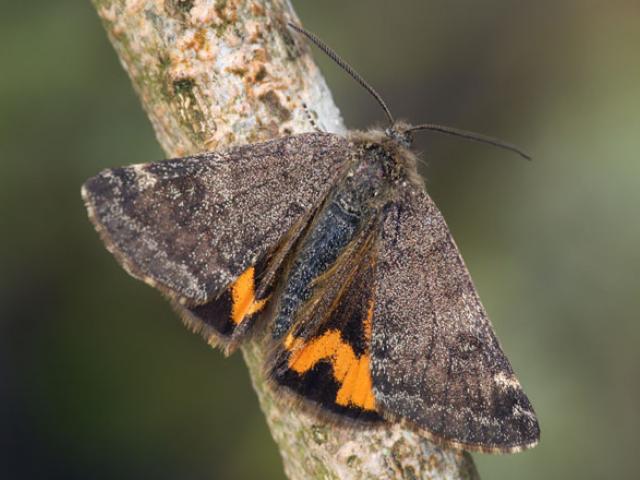
On sunny, still days in early spring, the Orange Underwing can be found flying around the leafless canopy of mature birch trees. The moths rarely descend low enough for close inspection so a pair of binoculars may be required to get a better look at them!
They do appear orange when they are flying, which comes from the colour of their hindwings, with the forewings a blackish brown colour with white markings.
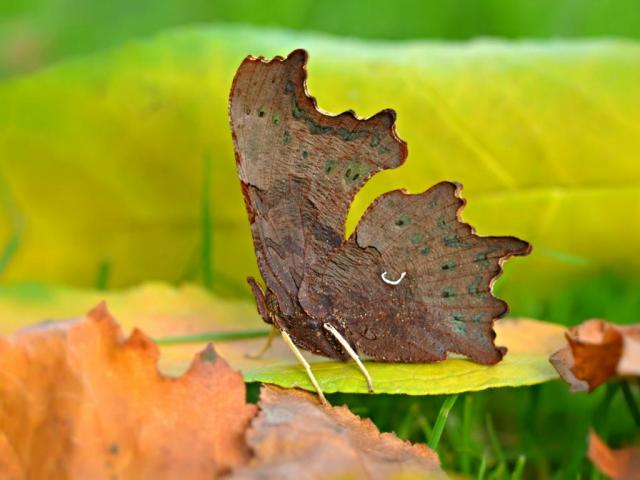
This butterfly has a flexible lifecycle, which means it can make the most of favourable weather conditions.
The Comma is often seen in woodland and at wood edges and has beautiful scalloped wings and the tell-tale white comma marking on its underwings, which give the butterfly it's name.
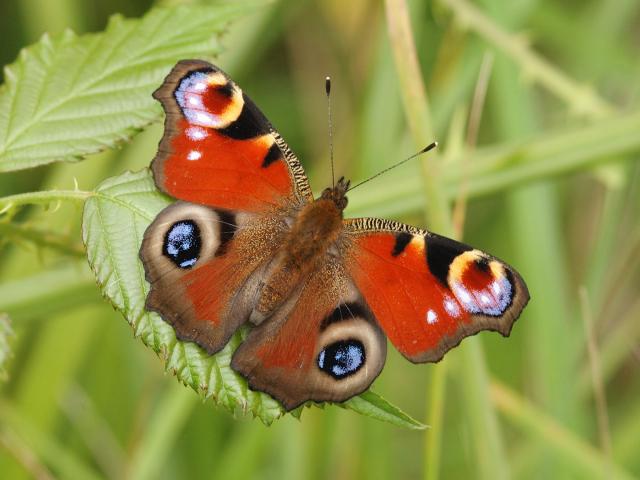
This stunning butterfly is a familiar visitor to gardens and its spectacular pattern of eyespots, which evolved to startle or confuse predators, makes it one of the most easily recognised and best-known species of butterfly.
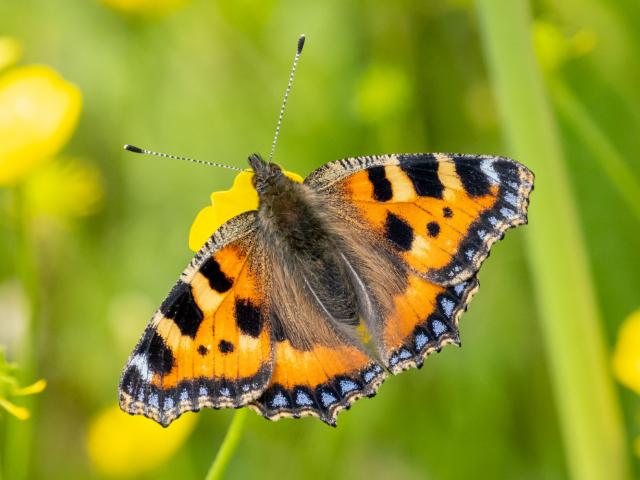
Another of our most well-known butterfly species, the Small Tortoiseshell is widespread throughout Britain and Ireland and often found in gardens.
Small Tortoiseshell is one of the first butterflies to be seen in spring and its striking and attractive patterning has made it a favourite of many butterfly-spotters.
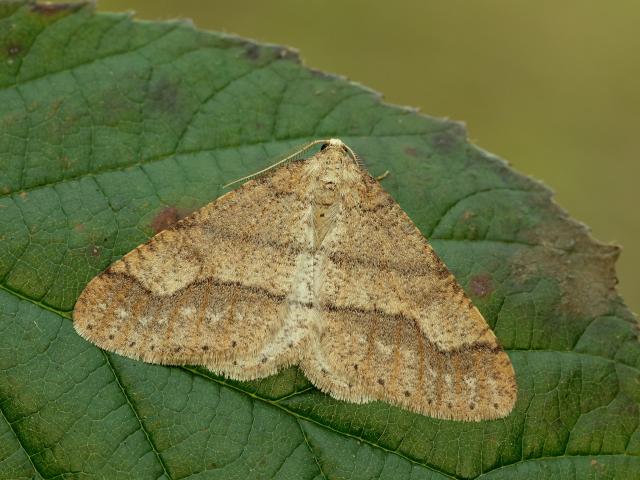
This is a common species of moth that can be found in gardens and the males have a row of black dots along the edge of both their forewing and hindwing. While the male moths are attracted to light, the females can be found during the day resting on tree trunks.


